Material handling is a fundamental process in industries such as construction, warehousing, and manufacturing. It involves the safe and efficient movement, storage, and control of materials across different stages of a workflow. Among the wide range of tools available, hoists are essential lifting equipment for construction, widely used to raise or lower heavy items with precision.
In this guide, we explore the types of hoists used in material handling, how they function, where they apply, and how they fit within broader equipment systems like cranes, forklifts, and Vacuum Lifters.
👉 What Is Material Handling?
👉 What Does Material Handling Mean?
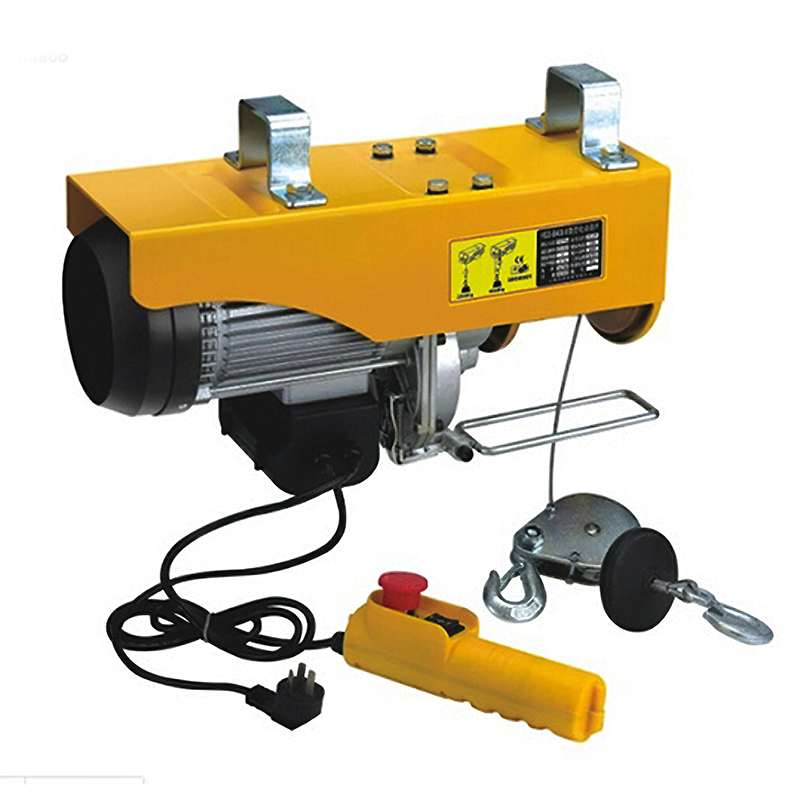
Table of Contents
ToggleWhat Are Hoists in Material Handling?
A hoist is a mechanical lifting device used to raise or lower a load by means of a drum or lift-wheel around which rope or chain wraps. It is typically powered manually, electrically, or pneumatically.
Hoists are a vital part of the hoists and cranes family, providing vertical lift for heavy objects that need to be moved for assembly, transport, or storage.
Why Hoists Matter in Construction and Industrial Logistics
- 🏗️ Improve vertical movement of materials
- 🔧 Minimize manual lifting, reducing worker fatigue
- 🦺 Improve safety on construction sites
- 💰 Reduce labor cost in construction
- 📈 Increase construction productivity
They are also often used in conjunction with:
- Jib Cranes for local lifting
- Aardwolf Slab Lifters for heavy stone slabs
- Vacuum Lifters for fragile or flat materials
Main Types of Hoists in Material Handling
1. 🧰 Manual Chain Hoists
Also known as chain blocks, these hoists use hand-operated chains to lift or lower a load. They are compact, portable, and suitable for low-frequency use.
Best for:
- Tight budgets
- Occasional lifting tasks
- Sites without power sources
- Manual material handling tasks
👉 Which of the Following Is Manual Material Handling?
2. ⚡ Electric Hoists
Electric hoists operate using a motor and remote control to raise or lower loads. They’re ideal for frequent use in industrial settings.
Benefits:
- Fast and efficient
- Reduces physical strain
- Improves accuracy
- Works well with cranes or gantries
👉 Which of the Following Is a Motorized Material Handling Device?
3. 🌀 Pneumatic (Air) Hoists
Powered by compressed air, pneumatic hoists are used in environments where electric motors may pose a fire risk—such as chemical plants or hazardous work zones.
Advantages:
- Safer for explosive environments
- Continuous operation without overheating
- Smooth control for fragile items
👉 When Handling Hazardous Materials, You Should?
4. 🚀 Hydraulic Hoists
These are commonly found in automotive and aerospace environments where heavy components must be lifted with high force and stability.
Key Use Cases:
- Lifting very heavy components
- Operating under heavy-duty cycles
- Environments requiring smooth motion
Common Applications of Hoists in Material Handling
Hoists are used for:
- Lifting construction materials vertically
- Loading and unloading items from platforms
- Assisting in material storage solutions
- Moving goods in warehouses
- Supporting assembly lines
- Coordinating with forklifts for construction in mixed operations
👉 What Is Material Handling Equipment
Hoists vs Other Material Handling Equipment
| Equipment | Function | Ideal Use |
|---|---|---|
| Hoists | Vertical lift | Small footprint lifting |
| Forklifts | Horizontal movement | Pallet and crate transport |
| Vacuum Lifters | Suction lift for panels | Fragile, flat materials |
| Jib Cranes | Swiveling lift assist | Workstation support |
| Wheelbarrows and Carts | Manual transport | Short-range, light loads |
👉 Which Is an Example of Manual Material Handling Equipment?
👉 https://www.aardwolf.co.in/what-are-types-of-material-handling-equipment-forklifts/
Hoists in Construction Site Logistics
In busy construction environments, hoists help manage vertical space and:
- 🎯 Move materials between floors
- 🎯 Position items for installation
- 🎯 Support conveyors in construction systems
- 🎯 Assist in precise material placement
This reduces the reliance on labor-intensive lifts and helps minimize material waste from dropped or mishandled goods.
Safety and Best Practices When Using Hoists
To ensure safe material handling with hoists:
- Always inspect chains, motors, and hooks before each use
- Never overload the hoist’s weight capacity
- Use load-bearing slings and shackles rated for the load
- Maintain clear zones under hoisted loads
- Train personnel on proper operation
When to Upgrade or Supplement with Other Tools
While hoists are reliable and powerful, they work best when integrated with other tools like:
- ✅ Jib Cranes for swivel functionality
- ✅ Forklifts for ground-level transport
- ✅ Vacuum Lifters for delicate items
- ✅ Aardwolf Slab Lifters for slabs and stone materials
Conclusion
What are types of material handling equipment hoists?
They include manual chain hoists, electric hoists, pneumatic hoists, and hydraulic hoists—each designed to safely lift and lower loads depending on the environment and application. Hoists are indispensable for:
- 🏗 Lifting construction materials vertically
- 🛠 Enhancing workstation logistics
- 💡 Reducing labor strain
- 🛡 Preventing injury and material damage
For optimal results, combine hoists with additional tools like Aardwolf Slab Lifters, Vacuum Lifters, and Jib Cranes to build a comprehensive material handling system.

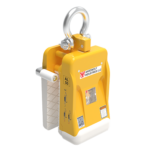
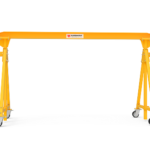
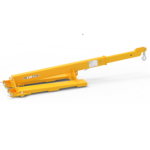
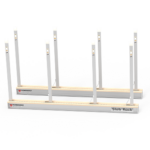
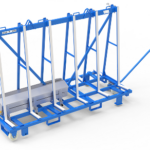
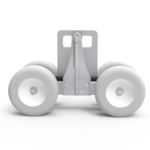
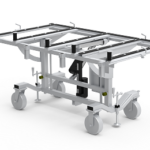
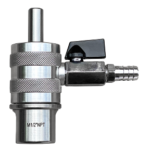
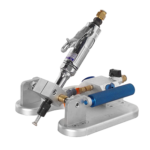
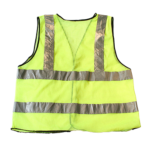
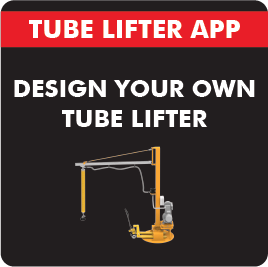
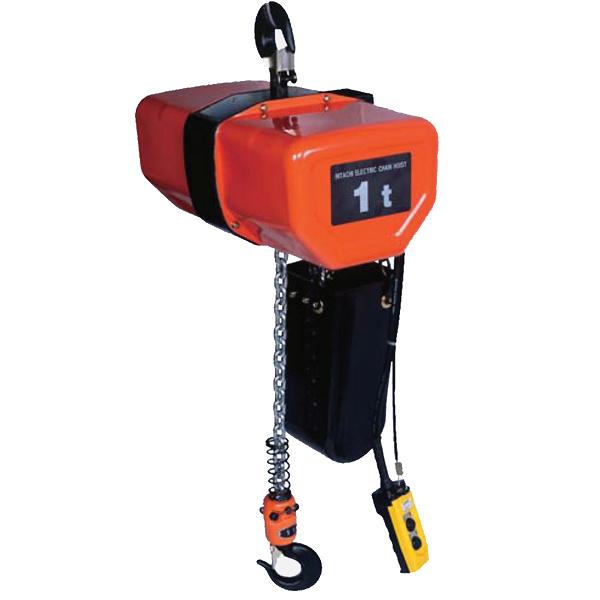
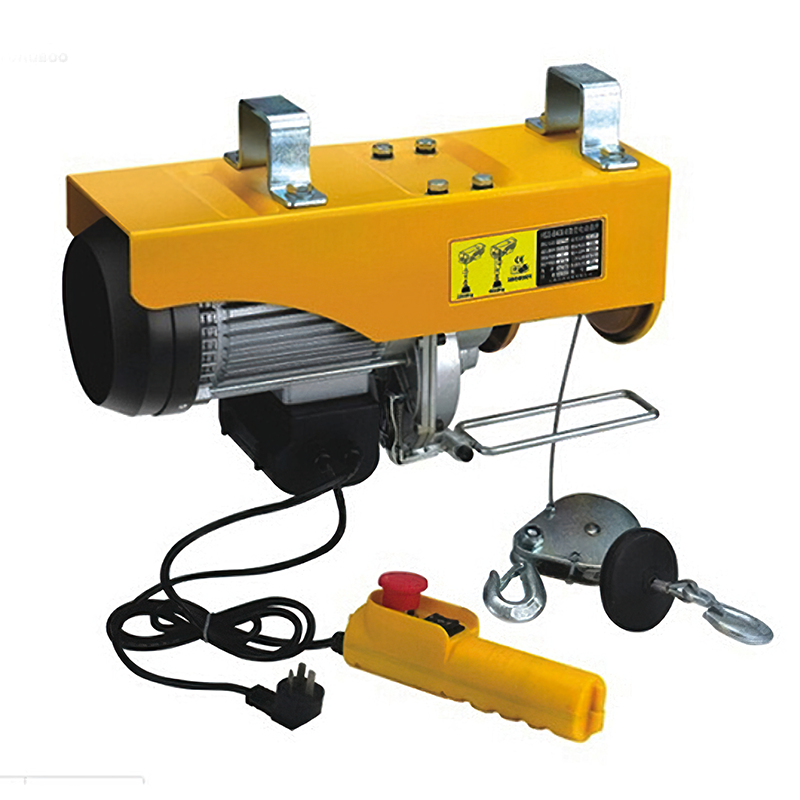
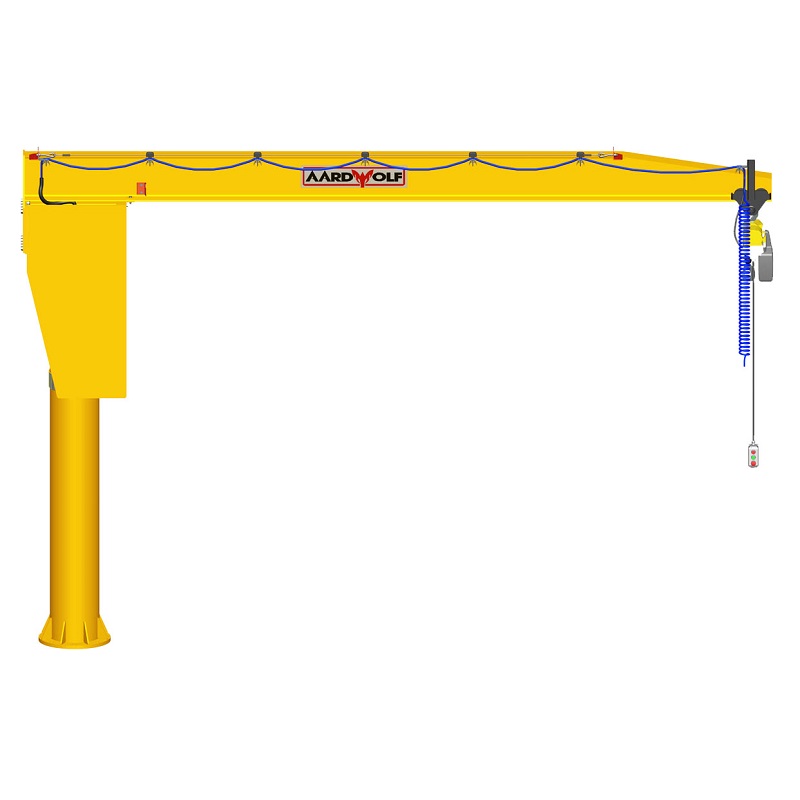


Please log in to leave a comment.